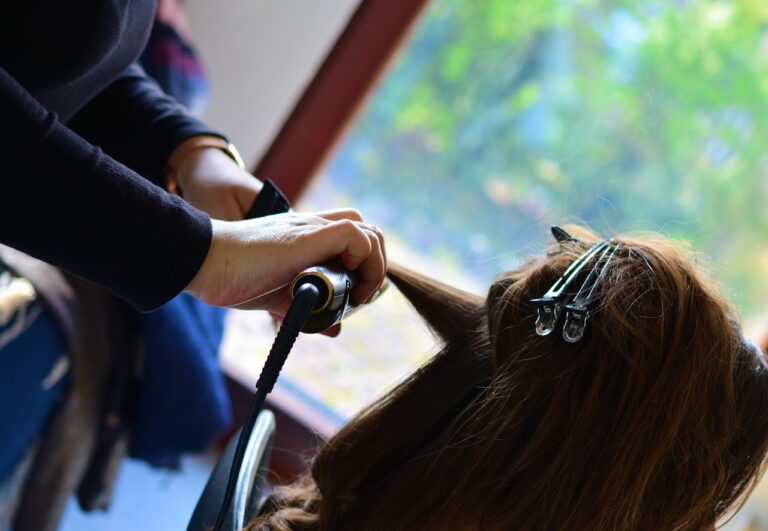The Psychology of Color in Shopping: How Colors Influence Purchases
Color theory is the study of colors and how they interact with one another. It explores the relationships between different hues, shades, and tints. Understanding color theory is essential in various fields such as art, design, and psychology.
The color wheel is a fundamental tool in color theory that illustrates the relationships between colors. It consists of primary colors (red, yellow, blue), secondary colors (orange, green, purple), and tertiary colors. By using the color wheel, artists and designers can create harmonious color schemes that are visually pleasing to the eye.
The Impact of Color on Emotions
Color plays a significant role in evoking various emotions and reactions in individuals. For example, warm colors like red and orange are often associated with feelings of energy, passion, and warmth. These colors are known to stimulate the senses and create a sense of excitement and enthusiasm.
On the other hand, cool colors such as blue and green are linked to calmness, tranquility, and relaxation. These colors are often preferred in spaces where a sense of serenity and peacefulness is desired, like bedrooms and spa environments. Understanding the emotional impact of different colors is crucial in designing spaces that cater to specific moods and feelings.
Color Associations in Marketing
When it comes to marketing, color plays a vital role in influencing consumer behavior and decisions. Different colors evoke various emotions and associations, which can ultimately impact how a brand is perceived by its target audience. For example, the color blue is often associated with trustworthiness and professionalism, making it a popular choice for financial institutions and tech companies.
On the contrary, red tends to evoke feelings of excitement and urgency, which is why it is commonly used in sales and clearance promotions to grab attention and create a sense of urgency among consumers. Understanding the psychological implications of different colors can help marketers strategically apply them in branding, packaging, and advertising to elicit particular responses from their audience.
What is color theory?
Color theory is the study of how colors interact with each other and how they can be used to evoke certain emotions or reactions.
How does color impact emotions?
Colors can have a significant impact on our emotions and can evoke certain feelings or reactions. For example, warm colors like red and orange can create a sense of excitement or energy, while cool colors like blue and green can create a feeling of calmness or serenity.
How are color associations used in marketing?
In marketing, color associations are used to help convey a certain message or evoke a specific emotion in consumers. For example, the color red is often associated with passion and excitement, which is why it is commonly used in advertisements for food or clothing products.
Are color associations universal?
While some color associations may be universal, such as red being associated with danger or green being associated with nature, the meaning of colors can also vary depending on cultural or personal experiences. It’s important for marketers to consider the cultural context when using color in their campaigns.







